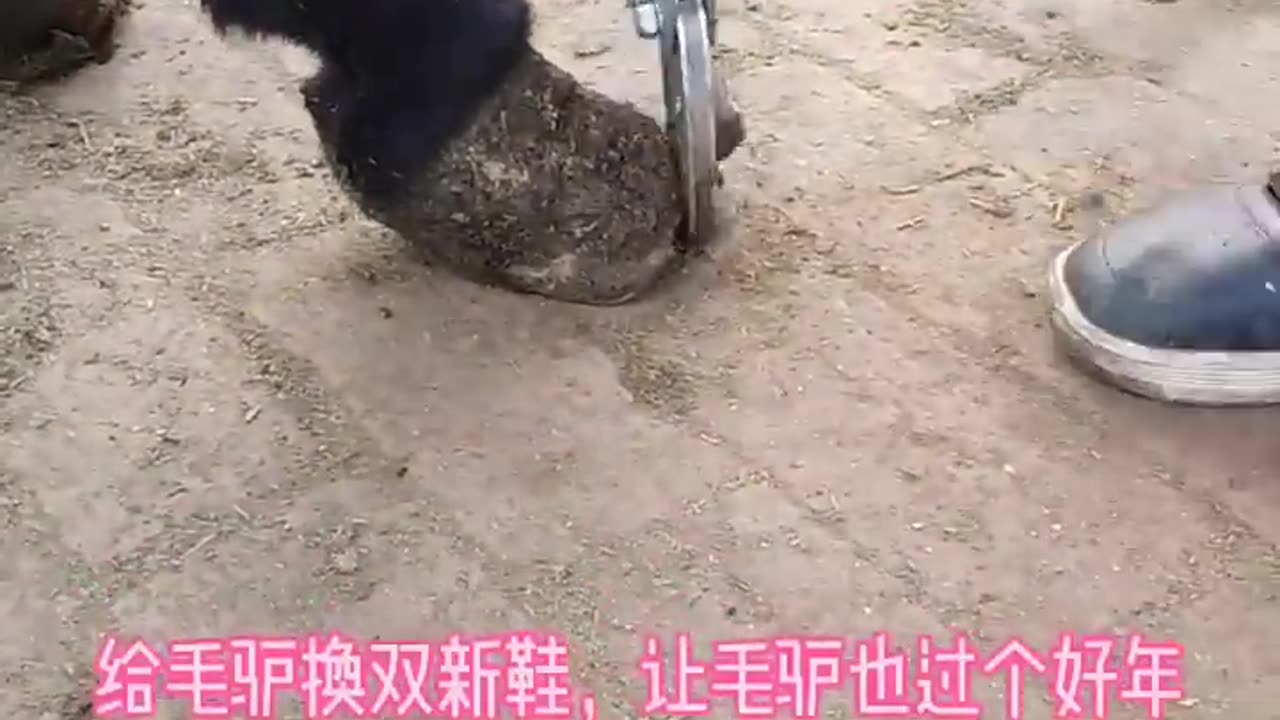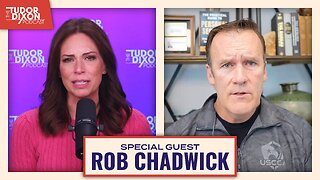Premium Only Content

Horse Hoof Restoration | Horse Hoof Cleaning
Horse Hoof Restoration | Horse Hoof Cleaning
Horse hoof restoration is the process of rehabilitating and improving the health and condition of a horse's hooves. The hooves are a critical part of a horse's anatomy, as they support the horse's entire body weight and facilitate movement. Proper hoof care is essential for a horse's overall well-being and performance.
Here are some steps and considerations involved in horse hoof restoration:
Assessment: The first step is to assess the current condition of the horse's hooves. This involves checking for any cracks, chips, infections, or abnormalities. It's important to identify the specific issues that need to be addressed.
Trimming and Shoeing: Depending on the condition of the hooves, a skilled farrier or hoof care professional may need to trim and shoe the hooves. Trimming helps maintain proper hoof balance and alignment. Shoeing may be necessary to protect the hooves and provide additional support, especially for horses with certain conditions or during specific activities like riding or racing.
Treatment of Issues: If there are cracks, infections, or other problems present, appropriate treatments will be needed. This might involve cleaning out infections, applying topical treatments, and providing medications or supplements to support hoof health.
Diet and Nutrition: Proper nutrition plays a significant role in hoof health. Horses require essential nutrients like biotin, zinc, and amino acids to maintain strong and healthy hooves. Consult with a veterinarian or equine nutritionist to ensure the horse's diet is well-balanced.
Regular Maintenance: Hoof restoration is an ongoing process that requires regular maintenance. Hooves grow continuously, so routine trimming is necessary to prevent overgrowth and imbalances.
Exercise and Environment: The horse's environment and exercise regimen also impact hoof health. Regular exercise can improve circulation to the hooves and promote healthy growth. Providing a clean and dry environment helps prevent conditions like thrush, which thrives in damp and dirty conditions.
Consulting Professionals: If the horse's hooves are in particularly poor condition, it's advisable to consult with a veterinarian, farrier, or hoof care specialist. They can provide expert guidance and develop a tailored plan for hoof restoration based on the horse's individual needs.
Patience: Hoof restoration takes time. You should be patient and consistent in implementing the recommended practices. Hoof health improvements might not be immediately noticeable, but over time, with proper care, you should see positive changes.
Remember that each horse is unique, and the approach to hoof restoration should be tailored to the individual horse's needs. Regular communication with professionals and diligent care are key to achieving and maintaining healthy hooves.
-

Reidboyy
2 hours agoHow To Make $$$ in Delta Force Console Operations!
6.48K -
 1:43:50
1:43:50
The Mel K Show
2 hours agoMORNINGS WITH MEL K - Desperate Globalist Agenda Continues Unabated as Manufactured Chaos Abounds 9-12-25
34.5K3 -
 2:55:00
2:55:00
Benny Johnson
4 hours ago🚨Charlie Kirk's Killer CAUGHT: FBI Press Conference LIVE Right NOW | Trump Demands DEATH PENALTY
186K349 -
 DVR
DVR
Bannons War Room
6 months agoWarRoom Live
35.9M8.38K -
 35:53
35:53
Tudor Dixon
3 hours agoCharlie Kirk Assassination: Confronting Terrorism with Rob Chadwick | The Tudor Dixon Podcast
22.8K5 -
 1:01:02
1:01:02
VINCE
5 hours ago'WE GOT HIM' - Charlie's Killer In Custody | Episode 124 - 09/12/25
359K321 -
 LIVE
LIVE
LFA TV
14 hours agoKILLER CAUGHT LIVE PRESSER! - FRIDAY 9/12/25
4,403 watching -
 1:36:33
1:36:33
Dear America
5 hours agoBREAKING NEWS! Trump Announces Charlie’s Killer Is In Custody! DEATH PENALTY IS THE ONLY OPTION!!!
326K220 -
 1:45:41
1:45:41
Timcast
5 hours ago🚨PRESS CONFERENCE: Charlie Kirk Suspect In Custody | Tim Pool
173K238 -
 1:58:21
1:58:21
Badlands Media
10 hours agoBadlands Daily: September 12, 2025 – Kirk’s Assassin, 9/11 Parallels, and Secret Service Failures
91.6K26